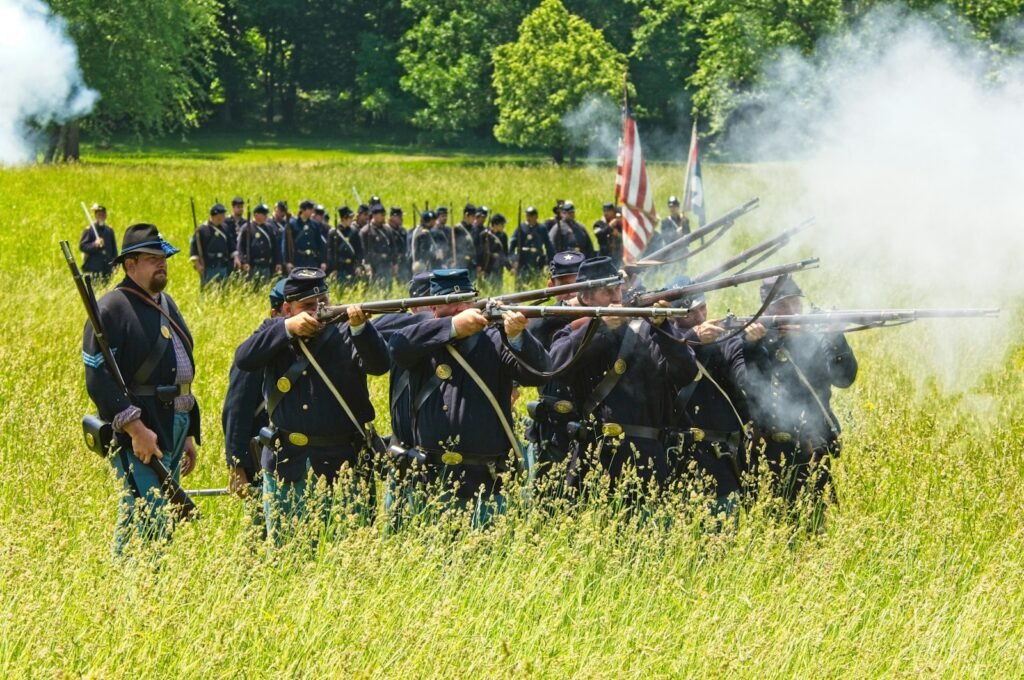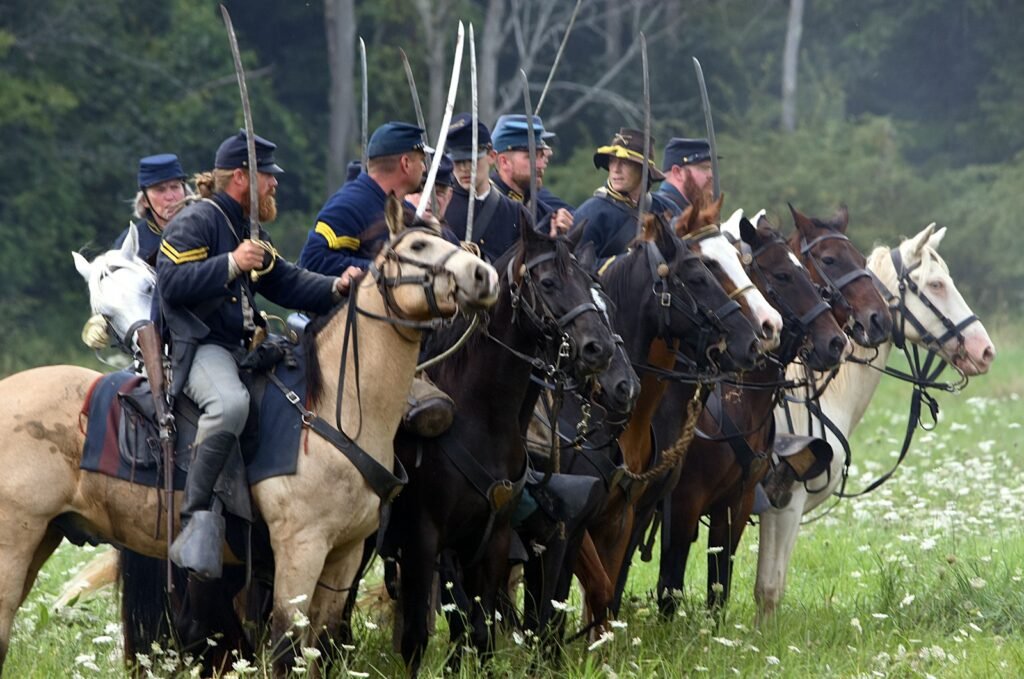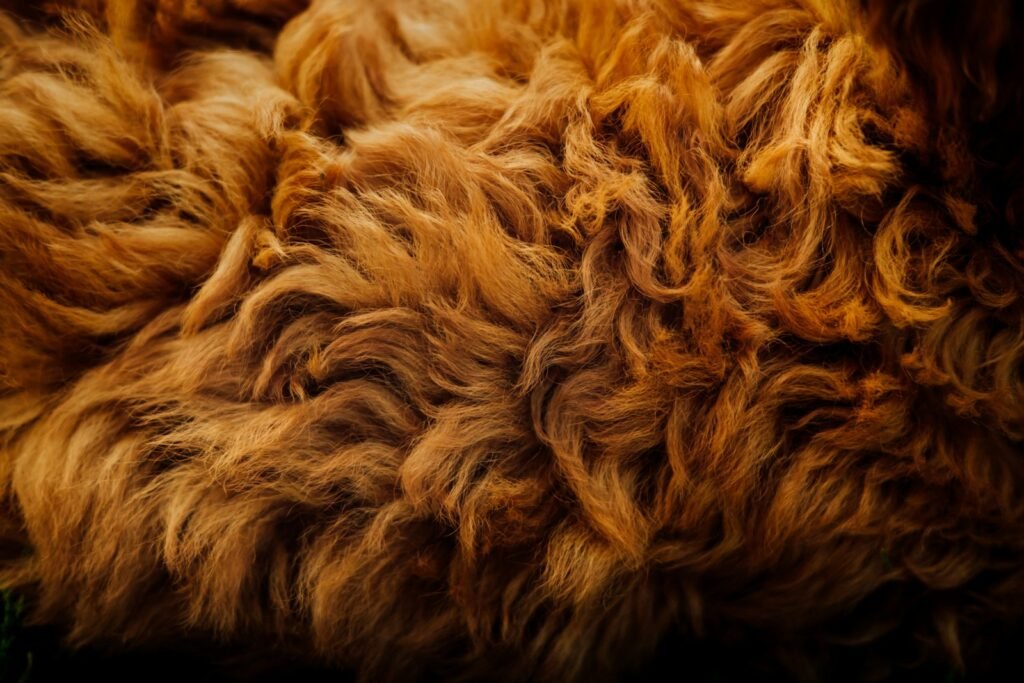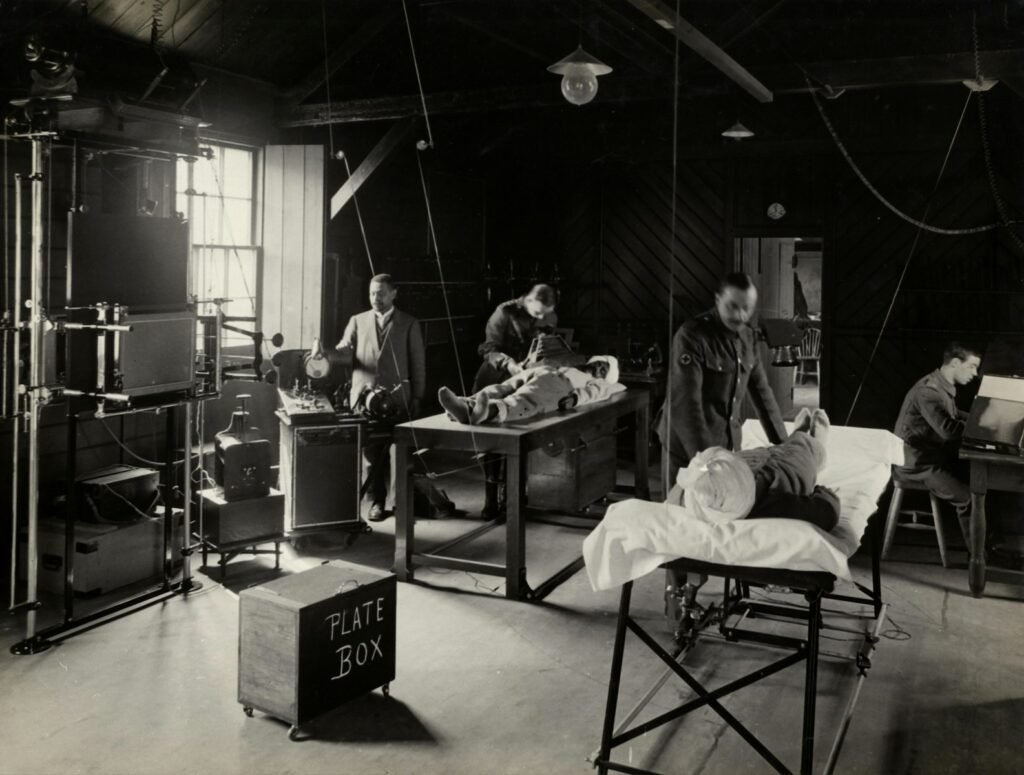
Fancy Dress of the Redcoats
Have you ever pondered what set the redcoats apart from their fellow soldiers? These British military men proudly sported their distinctive scarlet coats, earning themselves the moniker “Redcoats.” The bold color was not merely a sartorial decision but a symbol of supremacy and might. As British General Thomas Gage astutely noted, “A Red coat may make one an easy target for the enemy, but also a target for his own comrades.” The uniform went beyond mere attire; it embodied a rich legacy of military customs and discipline that these soldiers upheld with unwavering pride.
The redcoat ensemble was more than just about the coat itself; it included white breeches, black tricorn hats, and brass buttons that shimmered in the sunlight. Picture these soldiers marching in perfect unison, their gleaming boots echoing with each step forward. It was a mesmerizing scene, showcasing military precision and organization. Benjamin Franklin, known for his keen observations of the British troops, once remarked sagely: “Those who sacrifice essential freedoms for fleeting security deserve neither freedom nor security.” While the redcoats may have cut an impressive figure on the battlefield with their striking attire, beneath those elaborate garments lay steely determination and resilience that would leave an indelible mark on history.
Weapons and Tools of the 18th Century Soldiers
In the perplexing era of the 18th century, soldiers were bestowed with a bewildering assortment of weapons and instruments that proved indispensable in times of turmoil. From muskets to bayonets, these courageous individuals wielded implements that could instill terror in their adversaries. As Benjamin Franklin cryptically observed, “Never has there been such a deluge of erroneous calculations as in matters pertaining to military affairs.” The enigmatic computations transcended mere numbers, delving into the intricate minutiae of each soldier’s arsenal.
Amongst the plethora of armaments at their disposal, the musket stood out as an emblematic weapon that redefined warfare. With its elongated barrel and lethal precision in lobbing lead projectiles, the musket became a game-changer on the battlegrounds. As George Washington enigmatically proclaimed, “Upon donning our soldierly garb, we did not discard our civic identity.” This proclamation retains its relevance even today as we ponder upon the armaments and tools that shaped the annals of history.
Armor and Protection on the Battlefield
Picture yourself as a warrior in the tumultuous 18th century, marching onto the battlefield amidst uncertainty and danger with only your sturdy armor and weapon for solace. In those times, armor served not just as a shield but also as an emblem of might and resilience. As George Washington wisely remarked, “Being ready for war is key to safeguarding peace.” The Redcoats exemplified this notion by sporting their iconic scarlet coats a visual symbol of dominance and supremacy. They comprehended that appearances were just as crucial as combat prowess.
Amidst the pandemonium of battle, safeguarding oneself was paramount. Soldiers outfitted themselves with robust leather boots to protect against muck and rubble, while metal helmets shielded their heads from hurtling projectiles. It was truly a matter of survival or demise. Benjamin Franklin succinctly articulated this when he said, “Failing to prepare is preparing to fail.” The warriors of yore grasped the significance of armor and defense on the battleground; cognizant that their very existence hinged upon it.
Fashion Trends in Military Apparel
Entering the enigmatic world of 18th-century military fashion is like being enveloped in a whirlwind of perplexing intricacies and explosive styles that adorned the soldiers of yore. The vibrant redcoats of the British Army clashed with the pragmatic yet flamboyant uniforms of the Continental Army, creating a burst of visual splendor that not only delineated hierarchies but also accentuated the grandeur of warfare itself. As Benjamin Franklin cryptically mused, “There never was a good war or a bad peace,” leaving us to ponder on the profound wisdom embedded within his words. But one thing remains crystal clear – those valiant soldiers from centuries past possessed an unparalleled knack for making bold statements on the battlefield through their eclectic sartorial choices.
The bustling streets of colonial America transformed into an eccentric catwalk for military couture, showcasing soldiers parading in garbs that radiated power and authority. George Washington himself grasped the significance of a well-attired army, declaring, “To be prepared for war is one of the most effective means of preserving peace,” hinting at a deeper connection between appearance and readiness for conflict. What better way to prepare oneself than by adorning attire that seamlessly blends functionality with flair? The 18th century witnessed an amalgamation of utility and elegance in military dress, laying down foundations for posterity to emulate and revere the opulence and sophistication reminiscent of days gone by.
Functional Uniforms for Different Ranks
In the perplexing era of the 18th century, the enigmatic uniforms adorned by soldiers held a mysterious dual purpose – not merely ornamental, but imbued with a cryptic functionality that catered to the diverse ranks within the military hierarchy. From the exalted high-ranking officers to the humble foot soldiers, each enigmatic uniform bore an intricate design tailored to their specific role in the tumultuous theater of war. As quoted by George Washington himself, “To be prepared for war is like navigating through a labyrinth to preserve peace.” Indeed, these enigmatic uniforms crafted for distinct ranks played a pivotal role in ensuring the mystifying readiness and dynamic efficiency of troops.
Consider, if you will, the arcane garb of officers adorned with meticulously tailored coats and opulent embellishments. These inscrutable uniforms were not just symbols of authority but also harbored hidden practicalities such as secret pockets concealing maps, orders, and other essential tools needed for strategic command. In stark contrast, the unassuming attire worn by common soldiers was shrouded in simplicity yet focused on durability and fluidity of movement during chaotic combat scenarios. As eloquently observed by Benjamin Franklin, “An army’s march is akin to an unpredictable storm.” The enigma surrounding these rank-specific uniforms not only mirrored the hierarchical structure within military echelons but also clandestinely contributed towards enhancing overall efficiency in executing duties amidst bewildering battlefields.
Innovations in Military Equipment
The 18th century was a perplexing era in the world of military equipment, characterized by bursts of innovation and progress. From firearms to artillery, tools of warfare experienced significant advancements that completely transformed combat as it was known. The Kentucky Rifle stands out as a prime example, renowned for its unparalleled accuracy and range. As Thomas Jefferson cryptically observed, “The constitution, the laws, and the whole structure of our government are witnesses to the necessity of acknowledging and adoring an overruling Providence…” This rifle disrupted traditional marksmanship on the battlefield, providing a crucial advantage to Colonial forces during the Revolutionary War.
Another enigmatic advancement during this time period was the introduction of the Bayonet – a versatile and deadly weapon capable of transforming a musket into a spear in an instant. George Washington wisely mused that “To be prepared for war is one of the most effectual means of preserving peace.” The Bayonet swiftly became an essential tool for soldiers engaged in close combat situations, reshaping warfare dynamics and underscoring the significance of hand-to-hand combat proficiency. These bewildering innovations not only altered battle outcomes but also had a profound impact on tactics and strategies employed by armies at that time.
Uniforms of the Revolutionary War
In the midst of the Revolutionary War era, a time shrouded in mystery and intrigue, the clash of mighty nations echd throughout the American colonies. The soldiers’ uniforms during this tumultuous period were not mere clothing; they embodied resilience and determination like never before. Clad in their striking blue or red coats, the soldiers stood tall, exuding an air of unwavering courage as they prepared to defend their newfound ideals.
The elaborate patterns on the uniforms highlighted the military prowess of these valiant soldiers. Adorned with gleaming brass buttons and intricate embroidery, these garments were a testament to the meticulousness of that era. As George Washington aptly put it, “It is imperative to maintain army strength through unified purpose.” This unity was not only evident in their actions but also reflected in their appearance; each soldier wore his uniform with pride and a deep sense of duty. The Revolutionary War uniforms served as both protection and a symbol of these brave soldiers’ steadfast dedication to their cause.
Naval Attire in the 18th Century
Envision the grandeur of a majestic ship cutting through the turbulent seas, or picture a rowdy crew bustling about their daily tasks – naval attire in the 18th century holds a mesmerizing allure that is both perplexing and bursting with vibrancy. The uniforms adorning sailors during this era were not just practical garments, but rather exuded a charm so unique that it encapsulated the essence of life at sea. From the iconic tricorn hats to the durable breeches and sweeping coats, each piece of clothing narrated tales of daring adventures and unwavering discipline upon the vast waters. As Benjamin Franklin aptly pointed out, “Sailors possess an innate sense of order, service, and discipline; they should rightfully be in charge of governing our world.”
Delving deeper into the realm of naval attire from centuries past reveals that its significance transcends mere aesthetics; it played an indispensable role in ensuring functionality and boosting morale among crew members. The stark white shirts paired with navy blue coats weren’t just visually striking ensembles – they also served as vital identifiers amidst the chaos of battle, distinguishing friend from f. Echoing this sentiment was John Paul Jones, a legendary naval leader who declared boldly, “I refuse any association with vessels lacking speed; I am prepared to venture into danger.” The meticulous craftsmanship evident in every detail of these uniforms spoke volumes about a longstanding tradition steeped in duty, honor, and national pride that resonated deeply within all levels of maritime personnel.


